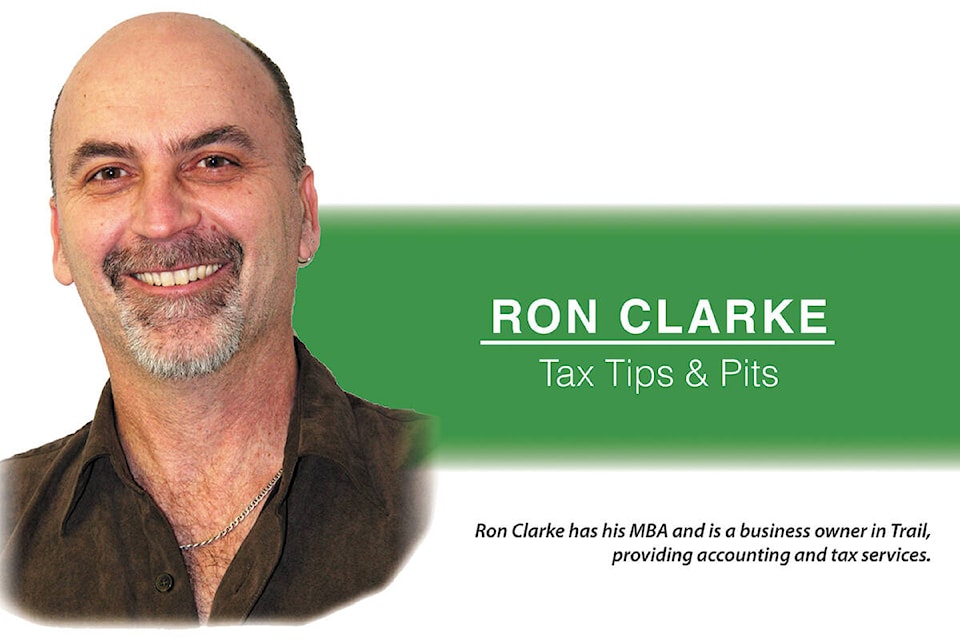by Ron Clarke
Are losses ever good?
Likely not, but at least Canada Revenue Agency (CRA) defines several types of losses that are available to offset income and reduce taxes.
Here is a basic presentation of several common ones.
The reference to “capital gain” and “capital loss” are recognizable terms. An asset that is expected to increase in value over time but is subject to value fluctuations, is considered a capital asset.
Items like real estate, stocks, bonds, commodities, and collectibles to name common ones.
The loss from the disposal of a capital asset is called a capital loss. This type of loss is used to offset any capital gains in the current year.
It cannot be used to offset any other type of income, however an exception to this rule is in the year of death, CRA does permit the use of capital losses to offset any type of income. If a net capital loss is not usable in full, the balance of it can be carried back three years or forward indefinitely to offset capital gains in those years.
An interesting fact, at least to collectors of prized items, is that capital losses can also be claimed for “listed personal property” (LLP) such as precious metals, jewels and jewellery, artwork, sports cards and jerseys, and the like.
As long as the taxpayer has made an LLP declaration to CRA identifying the individual collectibles along with their current market value, if the item is sold at a loss, it can be claimed as a capital loss.
Of course, if there is a capital gain on the sale of an item in the LLP collection, a capital gain must be reported. Notably, only 50 per cent of a capital gain is reported as taxable income, and likewise only 50 per cent of a capital loss can be claimed.
For owners of proprietorships, rental properties, and farms, if business operations don’t go well and a business loss results at the end of the year, CRA considers this a “non-capital loss” (NCL). In calculating the NCL for the business, if the owner took any wages they cannot be included as an expense against the revenue.
The NCL can be used to offset other income in the current year or carried back 3 years or carried forward 20 years to net against income other than capital gains.
On the corporate front, an “allowable business investment loss” (ABIL) occurs with non-recoverable debt, or loss on the shares, of a qualified small business corporation that you loaned money to, or invested in, and now all or at least a portion of it has no value. One half of the ABIL can be used to offset any form of income and can be carried back three years or forward 10.
If carried forward and not used within 10 years, the remaining ABIL is then treated as a capital loss to be used only to offset capital gains and is carried forward indefinitely. From a tax planning perspective, regardless of the type of loss, if after the application of a current year loss to offset any applicable current year gain or income, there remains a net loss, the usual route is to carry back that loss and apply it to a prior allowable tax year that has an applicable gain or income in order to recover those historic taxes paid.
This being said, if a large gain or income is certain in the near future, carrying forward that loss is an alternative route to consider in order to reduce the tax impact of the anticipated larger income.
Ron Clarke, owner of JBS Business Services in Trail, provides accounting and tax services.
